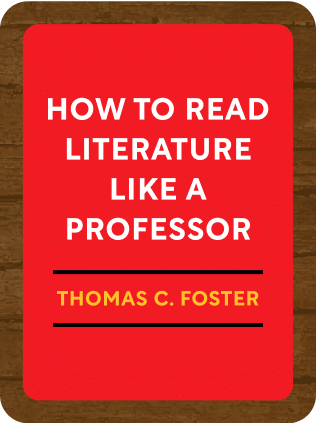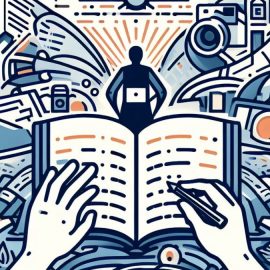

This article is an excerpt from the Shortform book guide to "How to Read Literature Like a Professor" by Thomas C. Foster. Shortform has the world's best summaries and analyses of books you should be reading.
Like this article? Sign up for a free trial here .
What do fairy tales and myths signify in literature? Why would an author choose to borrow an element of an already well-known story?
It’s common practice for authors to reference fairy tales and classical mythology in their literature because they are an assumed body of knowledge. Referencing well-known material allows an author to get a point across without much effort.
Keep reading for more information about literary fairy tales and myths.
Fairy Tales In Literature
Fairy tales are popular choices for authors to reference in literature because they’re an assumed body of knowledge. While some readers might not be able to pick up allusions to more traditional works, they have certainly internalized the classic fairy tales. The author wants her story to be new, but also to have familiarity. And, as an added bonus, there is very little ambiguity in literary fairy tales.
“Hansel and Gretel” is one of the most commonly adapted fairy tales in modern literature. The story of children far away from home, lost in a forest, and captured by some evil witch in a strange place—you’ve probably seen a version of this in something you’ve read.
As an example of a literary fairy tale, let’s think of a modern story with a fairy tale inspiration: A young couple is driving their BMW and get lost in a big city. Their cell phones are dead and their only option is to stop into a crack house. Sure, the young people aren’t brother and sister. Instead of their bread crumbs getting eaten by birds, their phones die. The crack house probably isn’t made out of gingerbread. But the ideas from the original fairy tale are still there.
In order to read literature like a professor, you want to see the details, patterns, or pieces of the story that the author is taking from the old fairy tale. Then, you have to ask why? Why did the author borrow that particular element, and what does it illuminate about their own story?
As a reader, you should also be on the lookout for irony—the use of a common pattern that goes against expectations. When the author puts the unambiguous world view of a fairy tale in conversation with our highly ambiguous reality, there is almost always irony there.

———End of Preview———
Like what you just read? Read the rest of the world's best book summary and analysis of Thomas C. Foster's "How to Read Literature Like a Professor" at Shortform .
Here's what you'll find in our full How to Read Literature Like a Professor summary :
- How to get more out of the novels that you read
- Why you should focus on memory, symbols, and patterns to understand literature better
- Why sex scenes aren't always about sex






